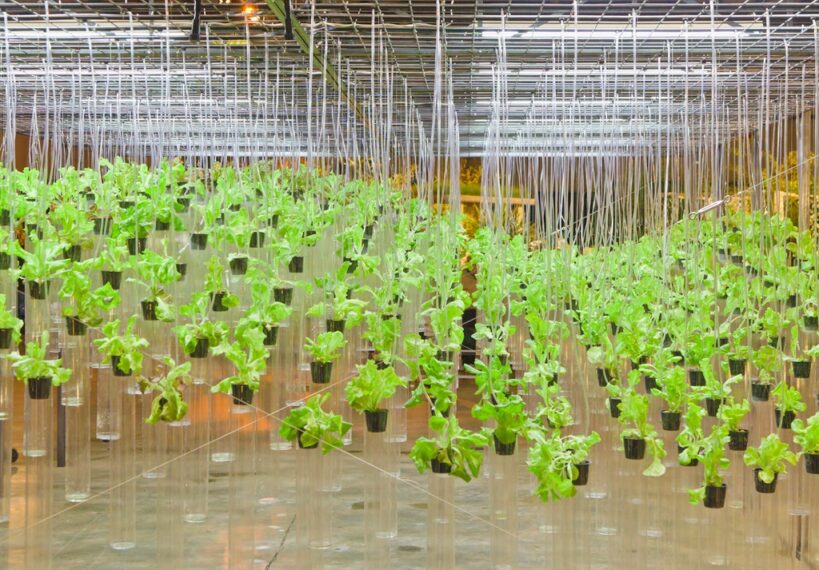The global Hydroponic Vegetables Market is estimated to be valued at US$ 11.57 Bn in 2023 and is expected to exhibit a CAGR of 6.9% over the forecast period 2023 to 2030, as highlighted in a new report published by Coherent Market Insights.
Market Overview:
Hydroponic vegetables are grown in water instead of soil. Nutrients are provided directly to the roots through fertilizers present in water. It provides advantages like higher yield in less space, no weeds, pests or soil-borne diseases, precise control over nutrients, regulated environment which helps in controlling quality and extending harvest seasons. Hydroponic growing method uses about 98% less water than traditional soil-based agriculture and allows year-round production even in locations with adverse climatic conditions. It is widely used for production of high-value leafy greens and vegetables including tomatoes, cucumbers, peppers and lettuce.
Market key trends:
Growing demand for fresh and nutrient-rich produce is fueling the adoption of hydroponic farming techniques globally. Year-round production with precision agriculture ensures steady availability of vegetables and reduces dependence on seasonal produce. Hydroponics requires use of greenhouses for controlled climate, which protects crops from unfavorable weather, pests, and diseases. It provides higher yields throughout the year as crops can be grown vertically or horizontally optimizing space utilization. Additionally, the method uses less fertilizers, pesticides and herbicides compared to traditional agriculture, thus making food production more sustainable. The lack of soil also prevents contamination of waterways and groundwater from agricultural run-offs. These benefits are expected to drive greater use of hydroponics in commercial vegetable farming over the forecast period.
Porter’s Analysis
Threat of new entrants: The hydroponic vegetables market requires high initial capital investment for infrastructure setup. Regulations around the use of hydroponics further increase entry barriers.
Bargaining power of buyers: Large retailers hold major bargaining power over small scale hydroponic farmers due to their demand concentration. However, buyers have limited bargaining power due to the differentiated products offered by hydroponic farming.
Bargaining power of suppliers: Key nutrients and other inputs used in hydroponics have few substitutes. However, major suppliers have limited bargaining power due to availability of alternate suppliers in the market.
Threat of new substitutes: Substitutes for hydroponically grown vegetables include conventional and greenhouse farming. However, hydroponics offer distinct advantages of higher yield and better quality produce independent of climatic conditions.
Competitive rivalry: The hydroponic vegetables market comprises several global and regional players. However, intense competition exists among players to cater to the rising demand.
Key Takeaways
The global hydroponic vegetables market is expected to witness high growth, exhibiting CAGR of 6.9% over the forecast period, due to increasing inclination towards organic and pesticide-free vegetables.
The Asia Pacific hydroponic vegetables market is projected to be the fastest growing regional market over the forecast period owing to growing population and rising demand for health food supplies in major countries like China and India. In North America, the U.S. dominates the regional hydroponic vegetables market due to large scale commercial horticulture.
Key players operating in the hydroponic vegetables market are AMCO Produce Inc., Eden Farms, Hollandia Produce, L.P., Bright Farms Inc, Soave Enterprises LLC., Village Farms International, Inc., Platinum Produce Company, Millennium Pacific Greenhouses Ltd., Emirates Hydroponics Farms, Thanet Earth Ltd. Major players are focusing on enhancing their regional presence through strategic partnerships and joint ventures.
*Note:
1. Source: Coherent Market Insights, Public sources, Desk research
2. We have leveraged AI tools to mine information and compile it

